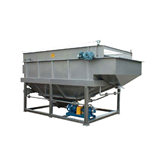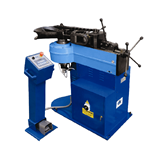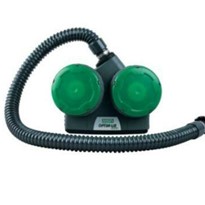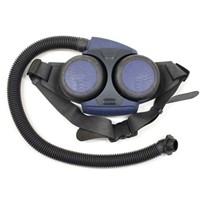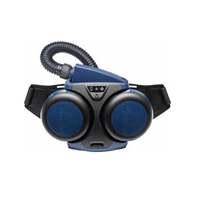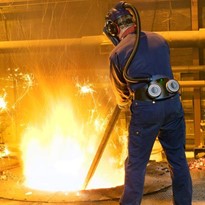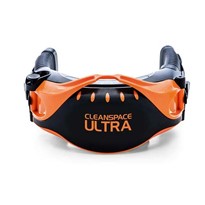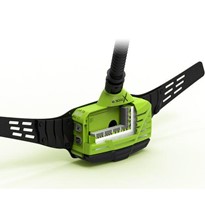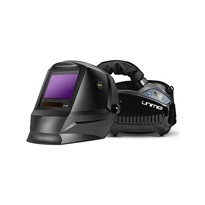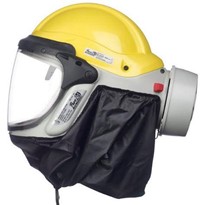In a crisis like the COVID-19 pandemic, when typical disposable masks are in short supply, you might find yourself considering other respiratory product options. One of those options may be powered air-purifying respirators (PAPR).
PAPRs are a versatile option because you can configure them as full-face or hooded facepiece and fit them with filters offering various levels of protection appropriate to your needs. According to the CDC, “when used properly, PAPRs provide increased protection and decrease the likelihood of infection transmission to the wearer” compared with other respiratory products. This makes PAPRs potentially useful for first responders in healthcare, EMS, government, and more.
But just what are PAPRs, and why might you choose one?
What is a PAPR?
An air-purifying respirator (APR) is, quite simply, any respirator that purifies air, such as half-mask respirators.
For PAPRs, that “P,” for “powered,” represents the key difference: PAPRs use a power source, whereas APRs do not.
Specifically, the Occupational Safety and Health Administration (OSHA) defines a PAPR as “an air-purifying respirator that uses a blower to force the ambient air through air-purifying elements to the inlet covering.” 3 This battery-powered system includes components such as a headpiece, breathing tube, motor or blower, and cartridge and filter.
What should I consider before choosing a PAPR?
PAPRs include some unique advantages that might lead you to choose one, depending on your circumstances.
Assigned Protection Factor Differences
“APF,” refers to “the workplace level of respiratory protection that a respirator or class of respirators is expected to provide to employees when the employer implements a continuing, effective respiratory protection program.”
Understanding your environment and the required National Institute for Occupational Safety and Health (NIOSH) APF is essential when choosing your respirator. It’s important to identify the type of environment and hazards you’re likely to face and consult NIOSH’s guide to determine what level of protection you’ll need. Your APF must be greater than or equal to OSHA’s permissible exposure limit, so be sure to choose the right level for you.
PAPRs may offer higher APFs; depending on the PAPR you choose, you may be able to get an APF of 25 for some loose-fitting hoods or 1000 for tight-fitting facepieces or hoods that manufacturers have tested to perform at 1000 APF.
Time of Employee Work in a Respirator
The time you spend wearing a respirator may also impact whether you select an APR or PAPR. For example, if your work requires the use of a respirator for longer periods of time, you may find PAPRs more comfortable.
The unit’s motor assembly creates positive pressure, pulling air through the unit. In a PAPR, this filtered air flows continuously, keeping you cool and reducing perspiration.
When you feel comfortable, you’re likely better able to focus on the job at hand.
Fit Testing Ability
PAPRs offer flexibility for use with a tight-fitting facepiece or loose hood—expanding your options.
While all tight-fitting options do require fit testing, not all hoods require fit testing, accommodating facial hair and reducing the need for spectacle kits.


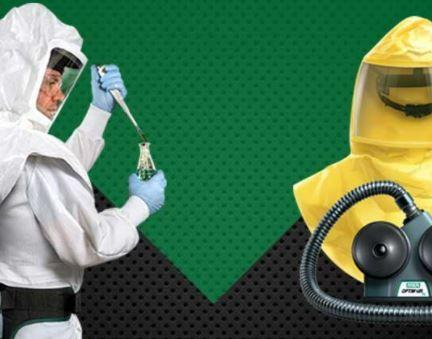

-160x160-state_article-rel-cat.png)
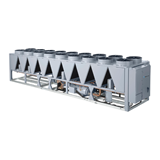
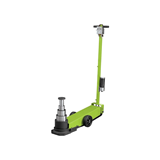


-160x160-state_article-rel-cat.png)






-160x160-state_article-rel-cat.png)




